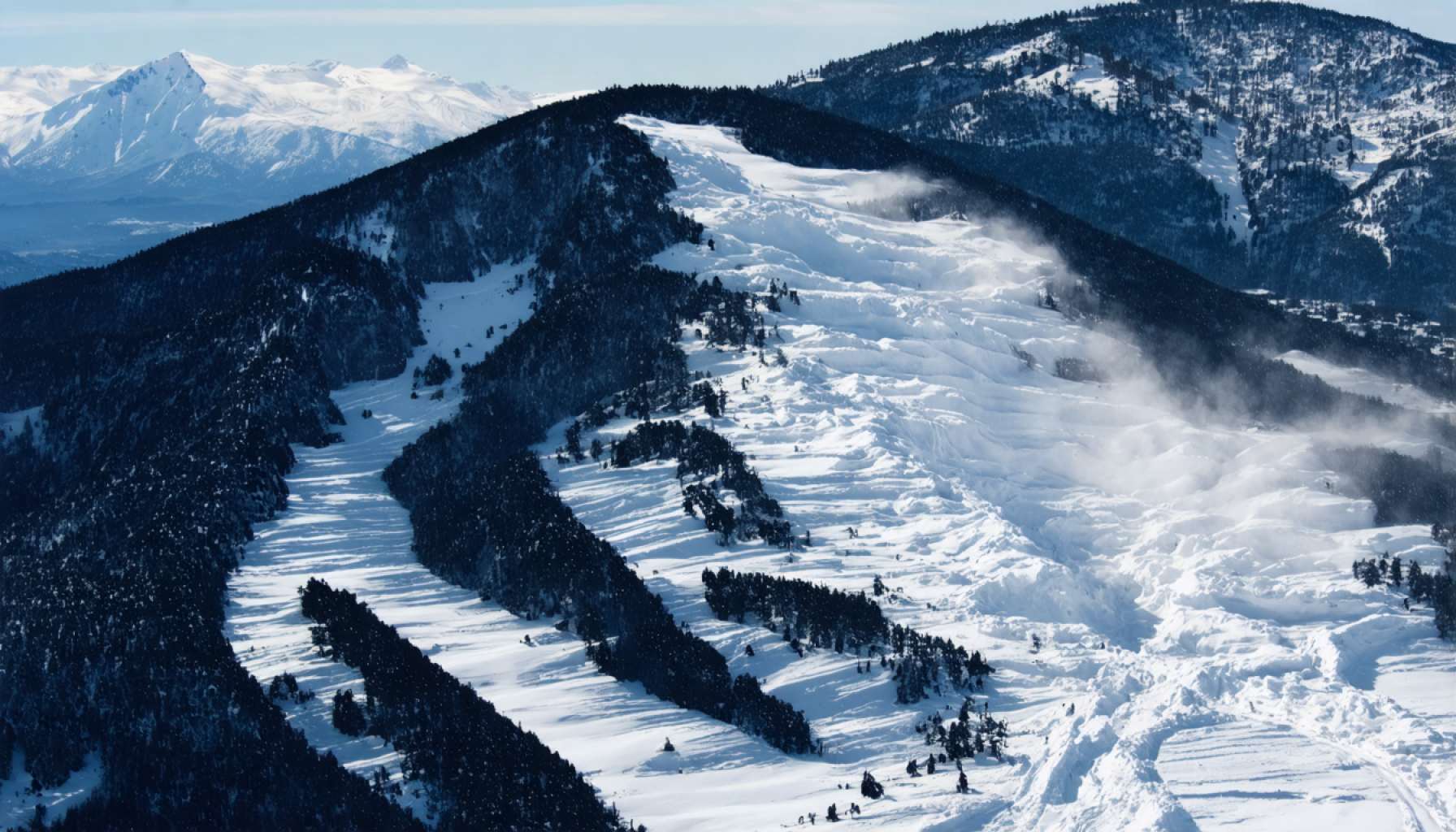- The meteorological office issued an avalanche advisory for several areas in Hokkaido, including Chitose, Eniwa, Kitahiroshima, Ishikari, and Tōbetsu.
- Residents and visitors are urged to be vigilant against blizzards, heavy snowfall, towering waves, and avalanches.
- The warnings emphasize the importance of preparedness and resilience for those living in Hokkaido’s harsh yet beautiful environment.
- Hokkaido’s landscape, known for its serene snowscapes, can rapidly become perilous, highlighting nature’s dual capability to awe and alarm.
As dawn broke on a typical morning in Hokkaido, a fresh warning swept across the region, casting a shadow over its snow-laden landscapes. The meteorological office has unveiled an avalanche advisory for the cities of Chitose, Eniwa, and Kitahiroshima, and the towns of Ishikari and Tōbetsu at the crisp hour of 4:09 a.m.
This stark alert is not just for the occasional tourist seeking Hokkaido’s famed powder but a resonant wake-up call for its residents who share an unyielding bond with the whims of nature. Throughout the regions of Ishikari and Shiribeshi, the warnings urge vigilance against a slew of wintry challenges—blizzard conditions, potential heavy snowfall, towering waves, and the silent menace of avalanches.
Picture serene snowscapes interrupted by howling winds and the restless stirrings of snowbanks poised precariously. Such is the vivid scene painted by the forecasts, a reminder of nature’s dual capability to awe and to alarm.
But these warnings do more than just stir caution; they emphasize preparedness and resilience, qualities engrained in those who reside amidst Hokkaido’s rugged terrain. The key takeaway remains clear: vigilance is paramount. In the heart of Hokkaido, life persists, shaped by the towering peaks and shifting snows. As the chill intensifies, the message is universal—respect the power of nature and stay alert, for the landscape, so breathtaking, can transform in an instant.
Discover the Hidden Secrets of Navigating Hokkaido’s Treacherous Winters
Understanding Avalanche Warnings in Hokkaido: More Than a Forecast
The article highlights the critical avalanche warnings in Hokkaido, specifically for cities such as Chitose, Eniwa, Kitahiroshima, Ishikari, and Tōbetsu. These warnings are vital for both tourists and residents as they prepare for the challenges presented by heavy snowfalls, blizzards, and towering waves. Let’s delve deeper into the broader implications and practical actions that can be taken regarding avalanche alerts.
How-To Steps & Life Hacks for Avalanche Preparedness
Steps to Prepare:
1. Stay Updated on Weather Alerts: Regularly check for updates on weather conditions from the Japan Meteorological Agency or local news. Smartphone apps can provide real-time alerts.
2. Know the Terrain: Study maps and local terrain before any travel. Recognize areas prone to avalanches.
3. Emergency Kit: Carry an emergency kit including a shovel, avalanche beacon, probe, first aid supplies, and food.
4. Have a Communicative Plan: Inform someone about your travel plans in hazardous areas and have emergency contact numbers readily available.
Quick Life Hacks:
– Cold Weather Gear: Layer clothing to manage body temperature effectively. Synthetic or wool materials are preferred over cotton.
– Travel Insurance: Consider a policy covering medical emergencies and weather disruptions.
Real-World Use Cases
Tourism: Operators in Hokkaido offer guided tours with safety as a priority, utilizing local expertise to navigate snow-prone regions safely. These tours include avalanche safety training sessions.
Local Economies: The warnings impact agriculture and animal husbandry, urging farmers to safeguard livestock and produce against harsh weather.
Market Forecasts & Industry Trends
Tourism Trend: Climate change and its effect on snowfall patterns are prompting ski resorts in Hokkaido to innovate. An increase in indoor and alternative tourism activities during winter months is expected.
Winter Sports Equipment: The demand for specialized avalanche safety gear is rising. Companies are investing in technology to create lightweight and more effective safety equipment.
Reviews & Comparisons
Avalanche Gear: Comparing avalanche beacons, brands like BCA and Ortovox offer highly-rated products. These devices are essential for snow travelers, providing location detection which is pivotal during potential avalanche scenarios.
Controversies & Limitations
Inaccuracy of Predictions: Avalanche predictions are not always precise. Factors like sudden weather changes and human activity on slopes introduce unpredictability.
Infrastructure Preparedness: Hokkaido’s infrastructure can sometimes be overwhelmed, hindering emergency responses during peak weather events.
Features, Specs & Pricing
– Avalanche Beacons: Available features include digital vs. analog systems, single vs. multi-antenna. Prices range from $150 to $450.
– Snow Safety Courses: Courses in Hokkaido range from ¥10,000 to ¥30,000, covering field techniques and rescue operations.
Security & Sustainability
Environmental Impact: Ensuring minimal ecological disruption during avalanche control (like controlled blasting) is critical for sustainability.
Pros & Cons Overview
Pros:
– Early warning systems enhance personal safety.
– Opportunities for eco-tourism activities and snow sports in controlled environments.
Cons:
– Limitations in forecasting accuracy can lead to false security.
– Avalanche preparedness can be resource-intensive.
Actionable Recommendations
1. Download a Reliable Weather App: Invest in a premium weather alert service for precise forecasts.
2. Safety Training: Undertake avalanche safety training if engaging in winter sports activities.
3. Community Awareness: Engage with local community programs to promote educational workshops about winter preparedness.
By staying informed and prepared, individuals can safely enjoy the beauty of Hokkaido’s winters while respecting the formidable power of nature.
For more updates on weather conditions and safety provisions, visit the official Japan Meteorological Agency website.
